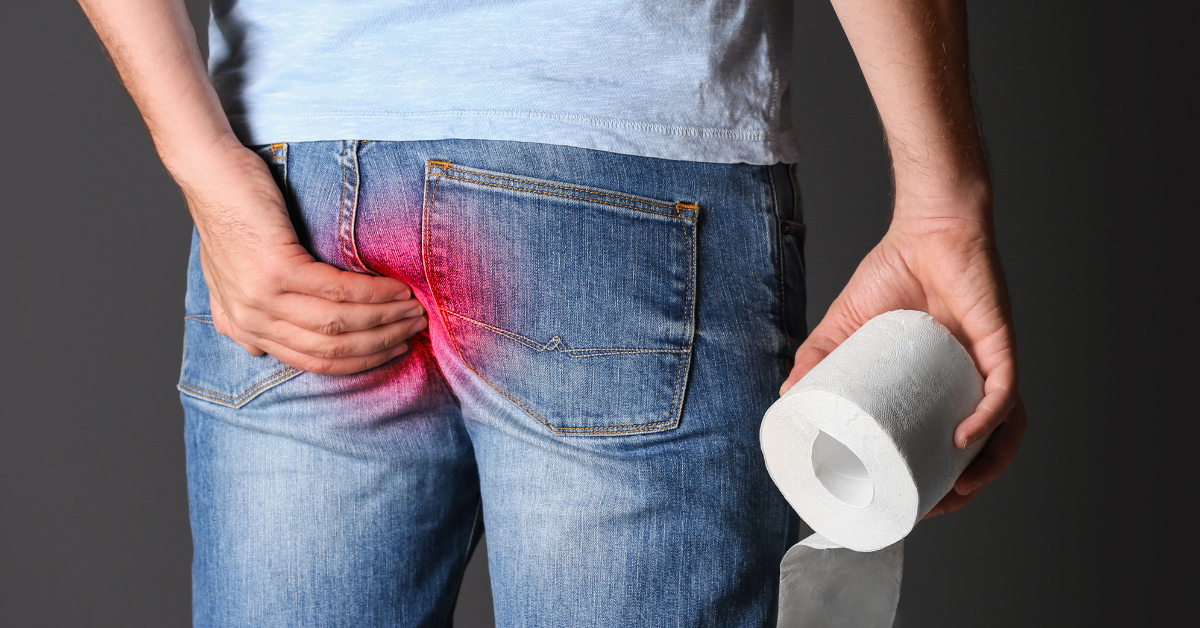Introduction
A fistula represents an abnormal connection joining two body parts: for example, an intestinal fistula constitutes an abnormal passage between two intestinal loops, and another might constitute a passage between a vessel and an organ. Fistulas develop due to infection, inflammation, or surgical intervention. A fistula occurs when an opening fails to close properly, resulting in chronic drainage and discomfort. Healing from the time of the event may be prolonged based on certain factors, such as treatment method, general health status, and postoperative care.
Fistula wound healing time involves multiple medical paradigms and individual patient characteristics. This comprehensive blog explains the causes of fistula wound not healing, the fistula wound healing process, and causes of fistula formation in wound healing.

Fistula Wound Healing Time
Time taken for fistula wounds to heal varies according to the site, type, and treatment method followed. The following are some general healing times for different fistula types:
- Those treated conservatively would heal over 6 to 12 weeks.
- Fistulas treated surgically, especially perianal or rectovaginal, usually would complete healing in 3 to 6 months.
- More complicated fistulas, especially those with Crohn’s disease or diabetes, may take 6 to 12 months for healing.
- Lifestyle, nutrition, and Ayurveda therapies also play a role in the fistula wound healing process.
Fistula Wound Not Healing: Causes and Concerns
Despite proper treatment, there are a few patients who witness a delay in their fistula healing. This can be due to:
- Infection: A persistent bacterial and/or fungal infection can delay recovery.
- Poor blood supply: Blood circulation is impaired in diseases such as diabetes and smoking, delaying wound closure.
- Nutritional deficiency: The absence of essential vitamins and minerals hinders tissue regeneration.
- Autoimmune diseases: Conditions such as Crohn’s disease obstruct the normal healing processes.
- Improper wound care: Poor wound care, such as inadequate hygiene practices or negligence towards post-operative instructions, poses a risk of complications.
These underlying conditions would be addressed through Ayurveda, dietary and lifestyle adjustments, thereby promoting better recovery.
Fistula Wound Healing Process
Allopathy employs antibiotics, moderate anti-inflammatories, surgery, wound care, high-fiber diets, probiotics, plenty of fluids, and NSAIDs for pain. Ayurveda offers a complete healing approach to fistula based on detoxification, herbal treatment, and lifestyle changes.
- Kshar Sutra Therapy: It is a special Ayurveda technique in which a medicated thread that induces the cutting of the fistula is applied to heal the wound.
- Panchakarma Therapy: Detoxification procedures like Virechana and Vasti (medicated enemas) cleanse the colon and decrease the chances of recurrence.
- Dietary Changes: consumption of warm foods, easy-to-digest with ghee, vegetables to cleanse the bowel, etc., along with plenty of fluids can help in faster healing.
- Lifestyle Changes: Regular yoga, meditation, and avoiding a sedentary lifeare encouraged to improve blood circulation.
Benefits of Ksharasutra Therapy
Kharasutra treatment for fistula in Ayurveda is the better choice of treatment than conventional surgical procedures like fistulotomy because of the advantages mentioned below:
- High Rate of Success with High Effectiveness: AyurVAID Hospitals has successfully treated patients who did not find relief even after repeated surgeries. Ksharasutra is the treatment of choice for Fistula-in-Ano.
- Complete Treatment, Not Just Infection Control: Ksharasutra completely cures a person from fistula, unlike certain medicines that may be used to control infection.
- Less Invasive with Low Complication Rate: Ksharasutra is a simple therapy with low complications and minimal bleeding. Comparatively, Ksharasutra has lesser recurrence risks, as compared to fistulotomy.
- Less Likely to Develop Anal Incontinence: Ksharasutra does not cut the sphincter muscles, thus excluding all possibilities of producing incontinence. The surgical technique “lay open” (fistulotomy) is however likely to cause anal incontinence. The study in the sources also reported less incontinence in the Ksharasutra group compared to the fistulotomy group.
- Less Pain Following Surgery: Ksharasutra group patients had lesser pain as compared to those in the fistulotomy group during the study course.
- QuickerReturn to Daily Activities and Work: Generally, Ksharasutra procedure does not need bed rest of more than 12 – 24 hours to resume the normal activities of day to day life and goes back to work earlier than in fistulotomy, which again translates to fewer days off-work compared to the average 2.7 days of the Ksharasutra group. The study also included information that stated significantly fewer days “off-work” for the Ksharasutra group (mean 2.7 days) compared to that of the fistulotomy group (mean 15.5 days).
- Cost-Effective: Ksharasutra treatment cost is significantly lower than a fistulotomy.
- Does not Require Lengthy Stay or Painful Dressing Changes: Ksharasutra only needs a stay of 4-5 hours in the hospital. Even postsurgical painful dressings will not be required after Ksharasutra treatment.
- Acts Locally to Heal: The medicated thread in Ksharasutra releases alkalis into the fistula tract, promoting cutting, curetting, draining, cleansing, and healing of the tract from deeper tissues towards the peripheral. The local action provides gradual healing of the fistula.
- Lower Recurrence Rate: The study that compares the two techniques revealed the lower recurrence rate of the Ksharasutra group (3.8%) than the fistulotomy group (at 12.5%).
Conclusion
Patience, treatment protocols, and modifications in lifestyle are vital for the healing of a fistula wound. Different variables affect the healing time when referring to fistula wounds; thus, with precision Ayurveda focusing on holistic healing, better results can be assured. Wound care, maintaining a healthy diet, lifestyle modification, and adhering to treatment plans boost the healing process to full recovery

References
- Dutta G, Bain J, Ray AK, Dey S, Das N, Das B. Comparing Ksharasutra (Ayurvedic Seton) and open fistulotomy in the management of fistula-in-ano. J Nat Sci Biol Med. 2015 Jul-Dec;6(2):406-10. doi: 10.4103/0976-9668.160022. PMID: 26283840; PMCID: PMC4518420.
- Faridi, K et al. (2021). Management of transsphincteric fistula-in-ano by modified conventional Ksharasutra therapy: A case report. Journal of Ayurveda Case Reports, 4, 95 – 99. https://doi.org/10.4103/jacr.jacr_39_20
- Dhurve, V A, Dudhamal, T (2020). Wound healing potential of three forms of Panchavalkala in post-operative fistula wounds- Case Series. https://doi.org/10.52482/IJACARE.V4I3.149
- P, S, H, R (2024). DUSHTAVRANA-AYURVEDIC PERSPECTIVE AND POSSIBILITIES. International Ayurvedic Medical Journal. https://doi.org/10.46607/iamj08p8052024
- Liyanage, S et al. (2023). Literature review on selected Ayurvedic formula in the management of wound healing. GSC Biological and Pharmaceutical Sciences. https://doi.org/10.30574/<br>gscbps.2023.24.<be>2.0326
1. Undergoing Kshara Sutra Treatment.
2. Maintain proper wound hygiene and adhere to post-operative care.
3. Consume a balanced diet rich in fiber, vitamins, and hydration.
1. Reduced pain and inflammation in the affected area.
2. Decreased drainage or pus discharge over time.
3. Formation of healthy tissue without excessive redness or infection.
4. Improved overall well-being and digestive health.






